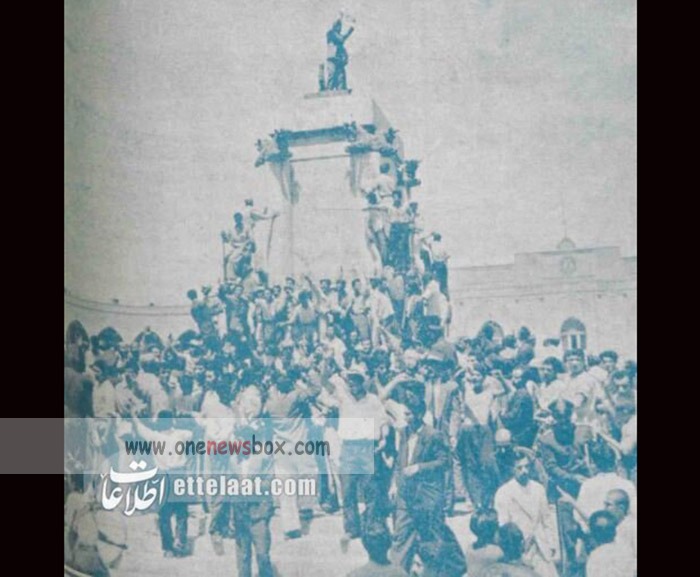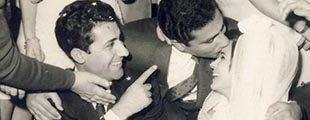The coup not only ended Iran’s experiment with parliamentary democracy but also entrenched authoritarianism. The Shah’s regime grew increasingly repressive, especially with the creation of SAVAK, a feared secret police organization trained with U.S. and Israeli assistance.
While the Shah pursued modernization and Westernization—known as the White Revolution—his disregard for democratic governance, heavy reliance on U.S. backing, and alienation of traditional and religious sectors deepened the divide between state and society.
Legacy for the United States
The coup became a model for CIA operations elsewhere, notably in Guatemala (1954) and later interventions in Latin America, Africa, and Asia. However, the long-term consequences in Iran were disastrous for U.S. interests. By toppling a nationalist leader and reinstating an autocratic monarchy, Washington inadvertently laid the groundwork for the explosion of anti-Western resentment decades later.
In August 2013, on the coup’s 60th anniversary, the CIA formally declassified documents acknowledging its central role. These papers revealed in detail the bribery, propaganda, and street operations that had led to Mosaddegh’s fall, leaving little doubt that the coup was a deliberate act of U.S. and British foreign policy.

